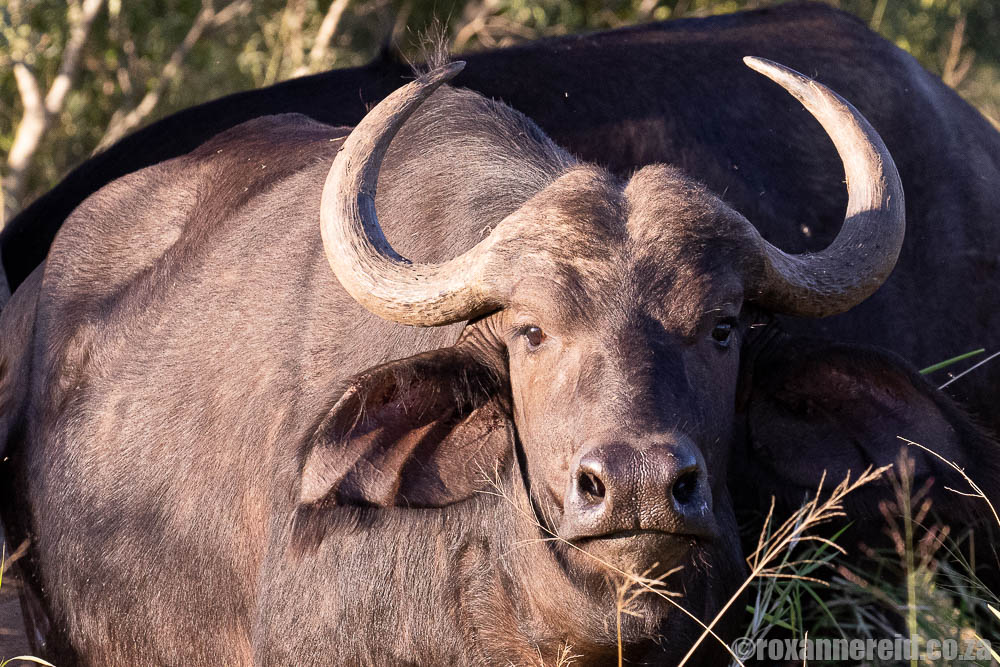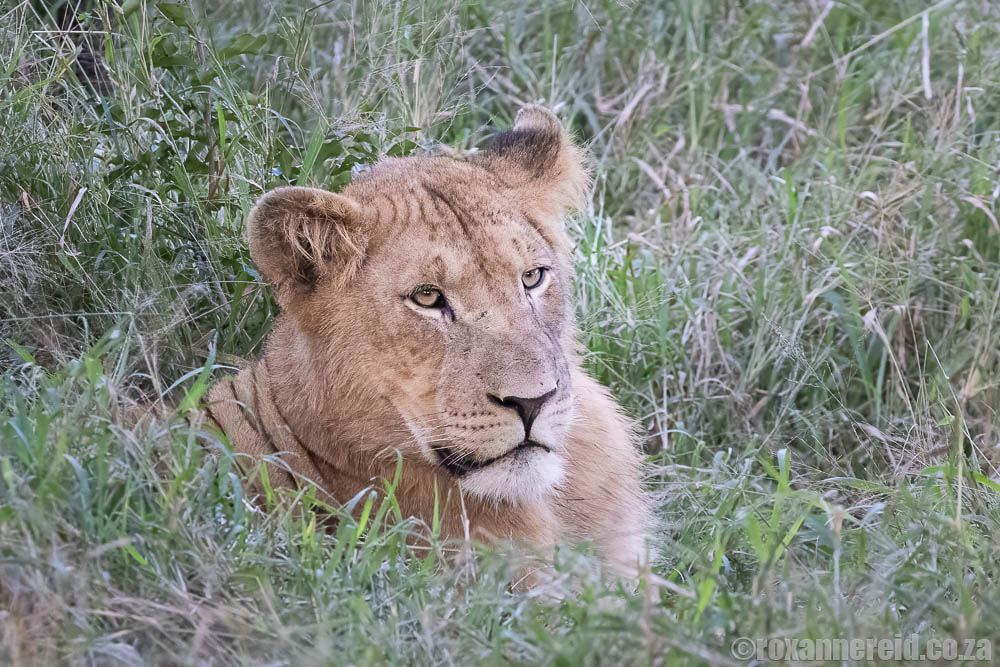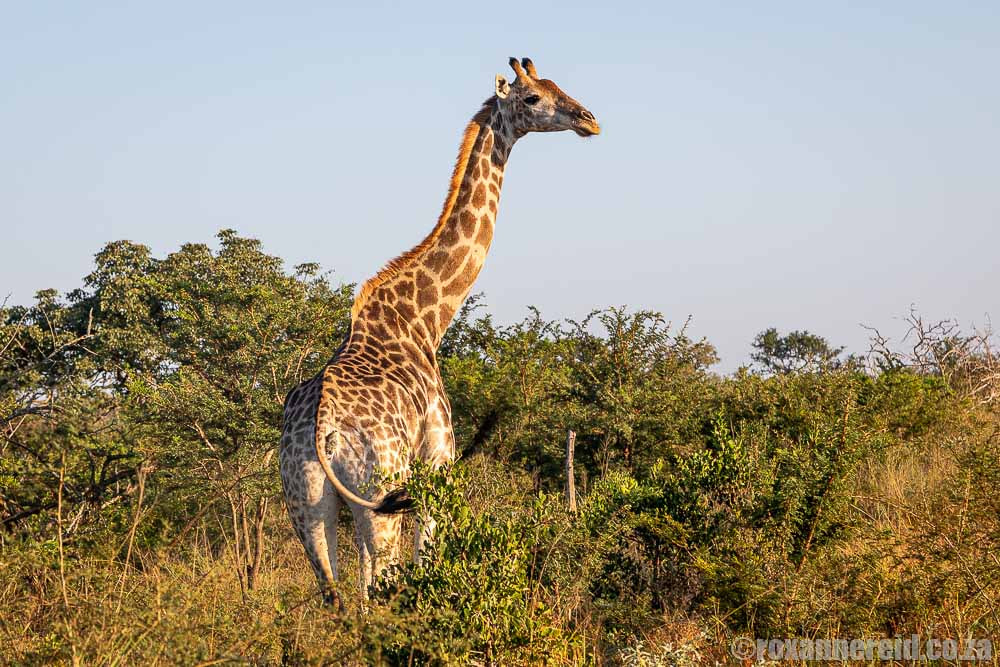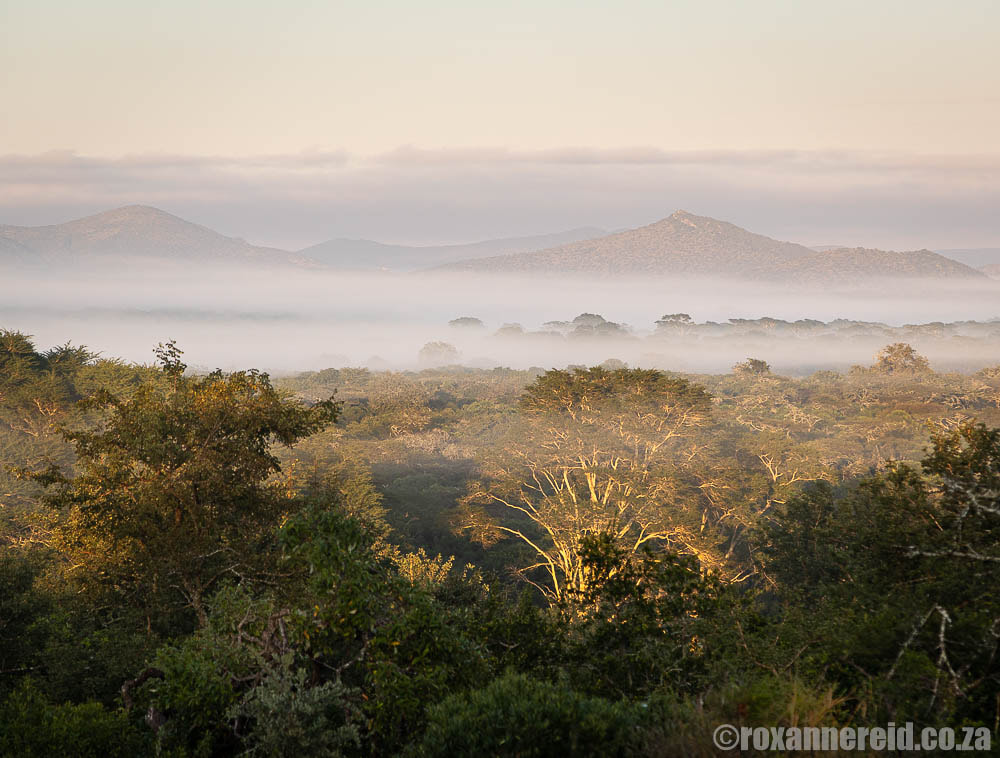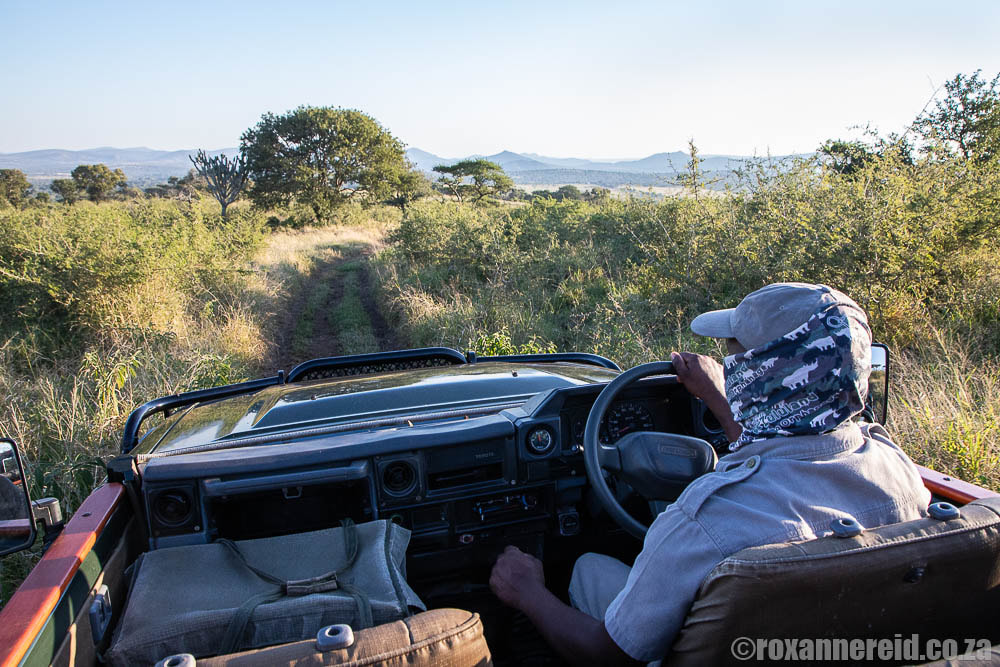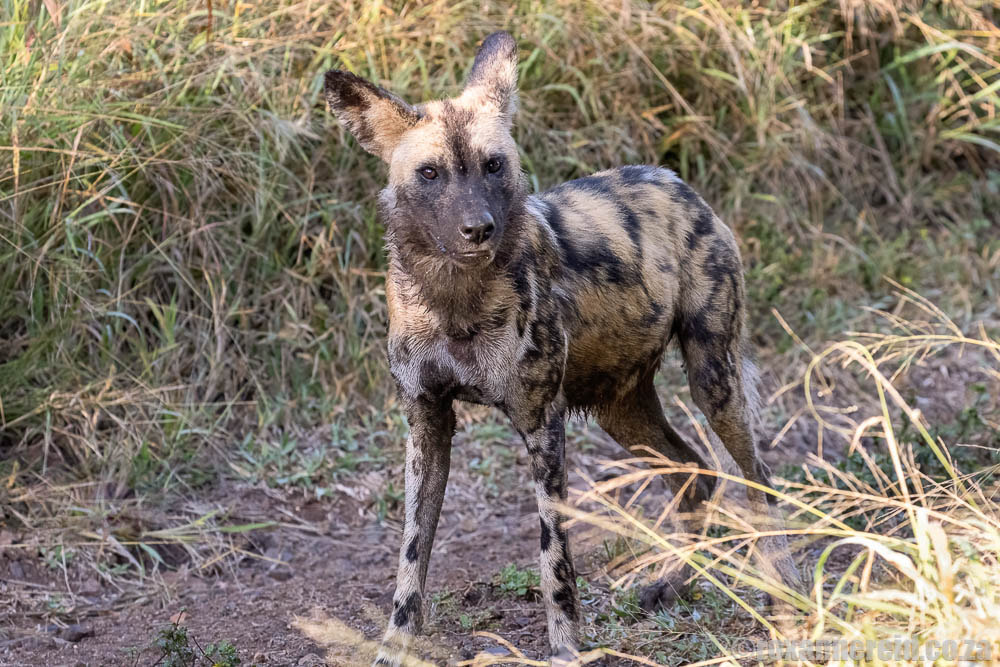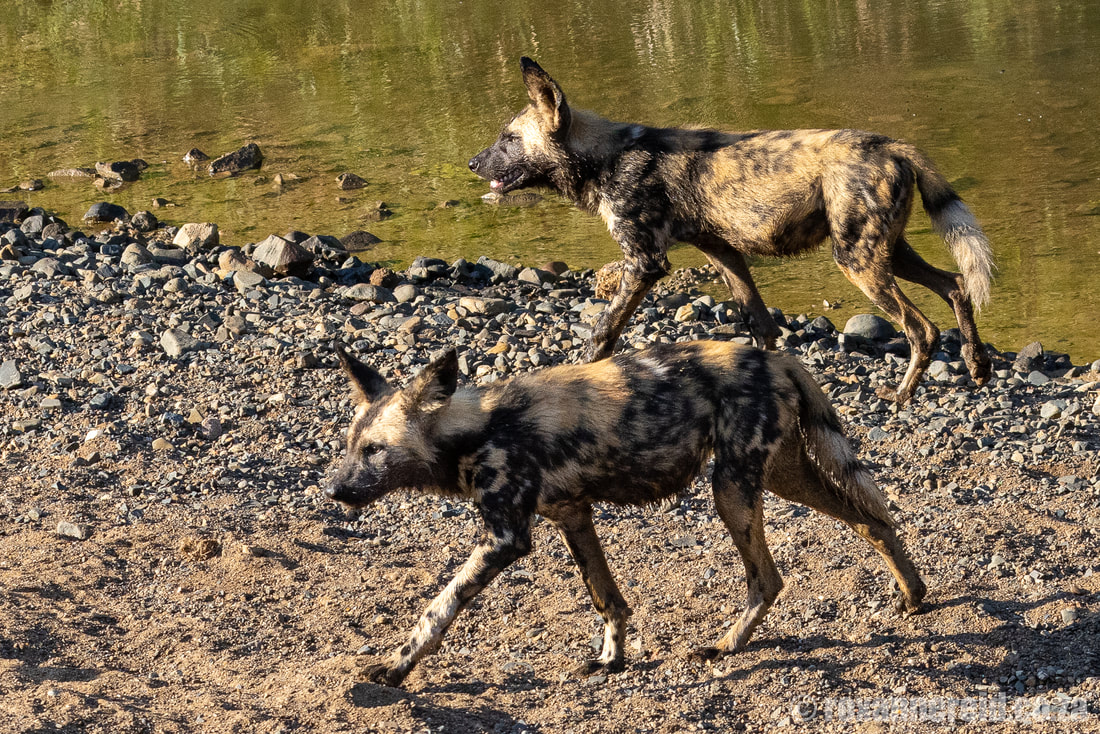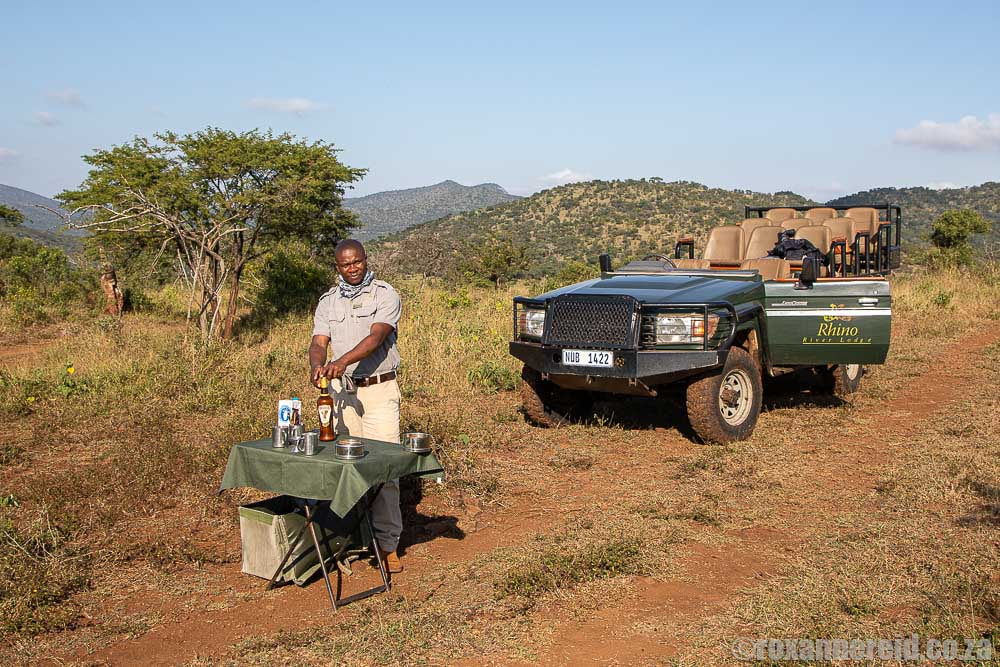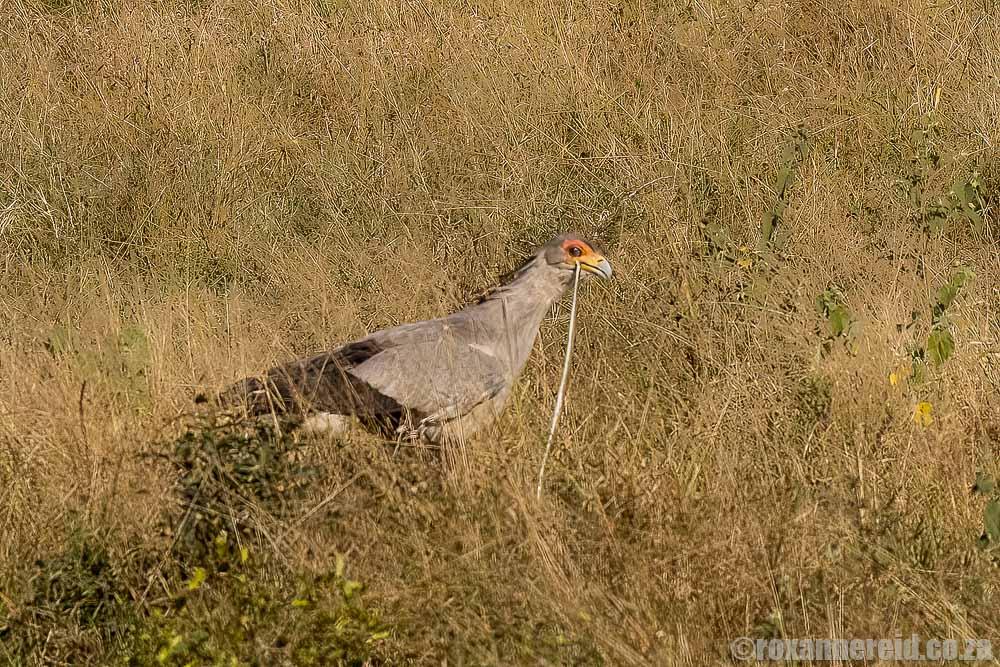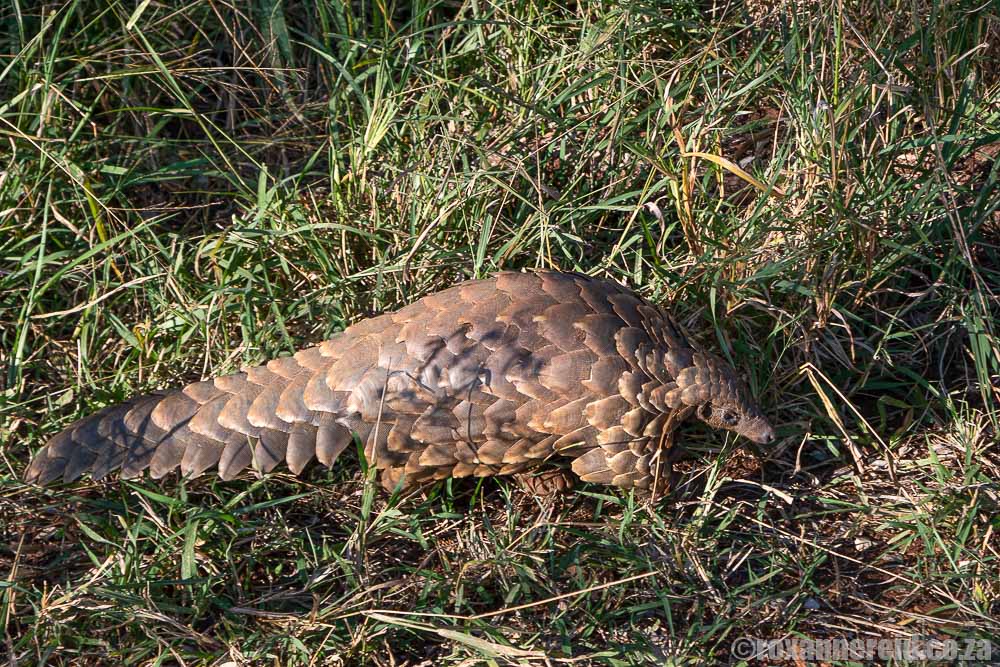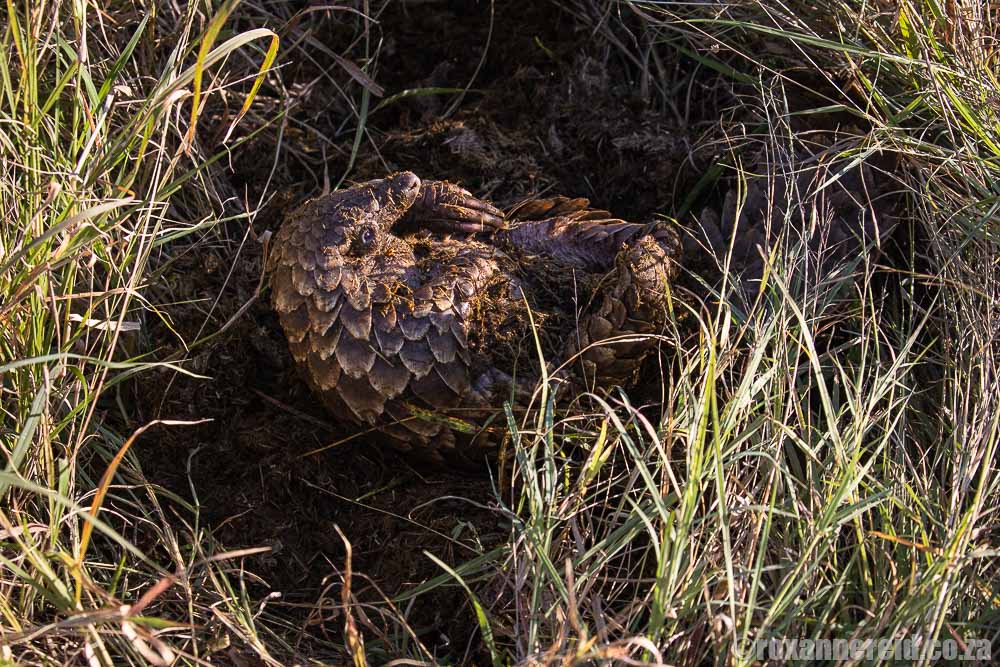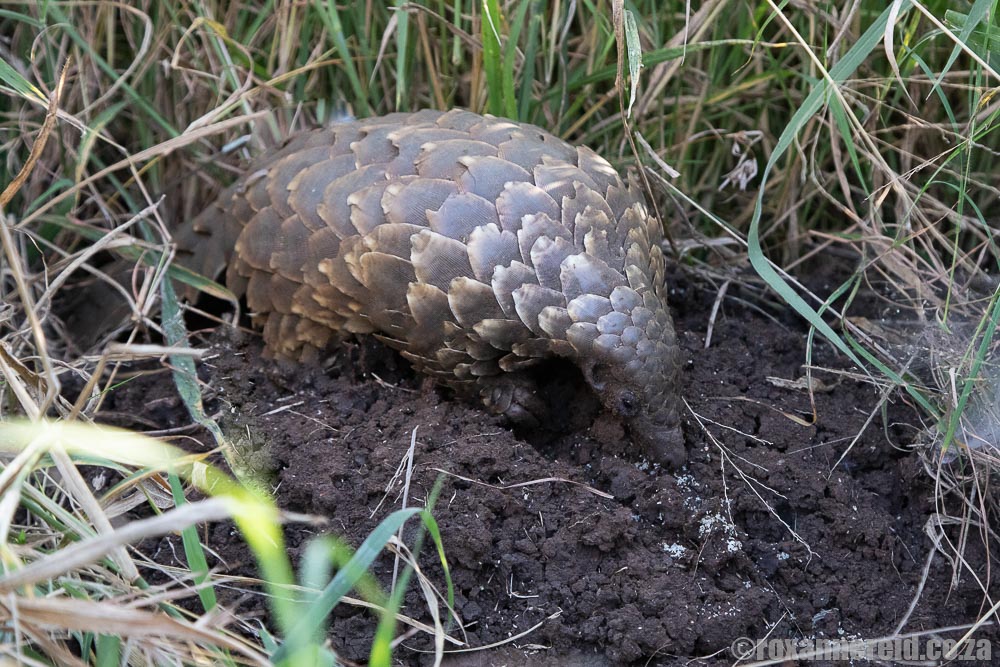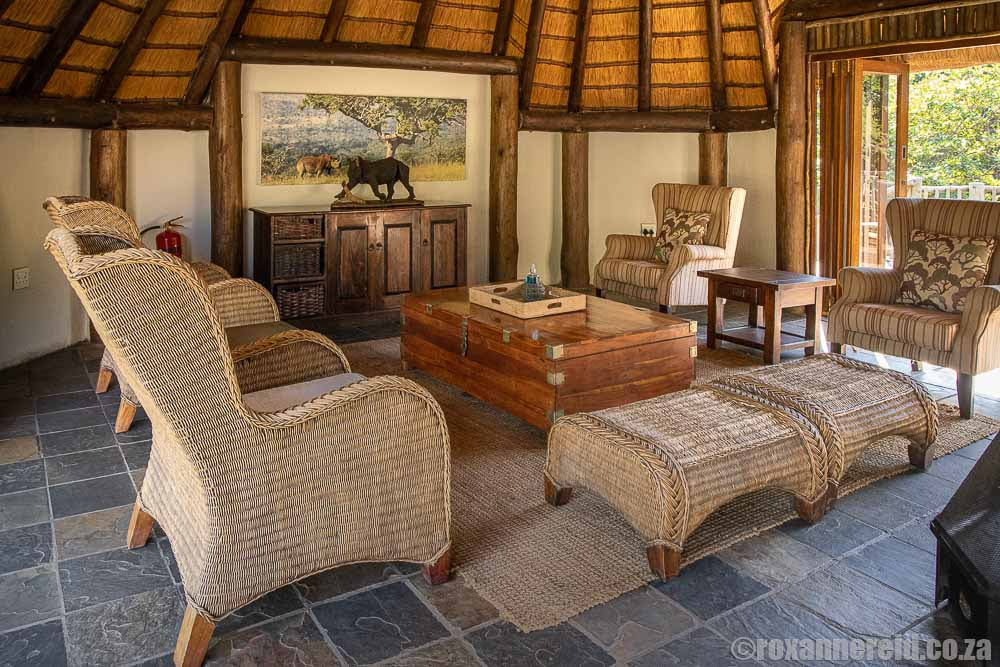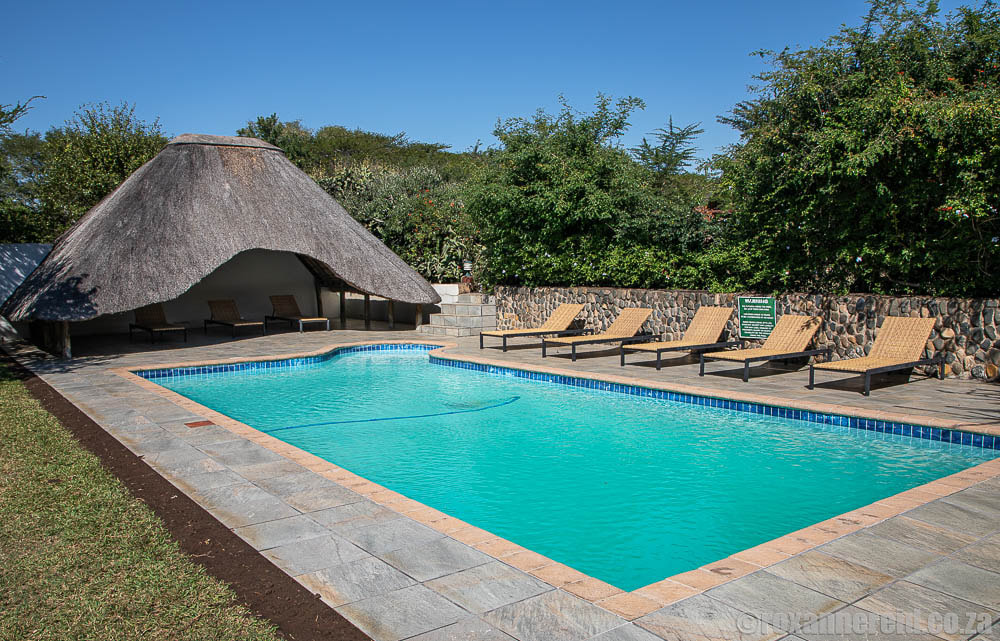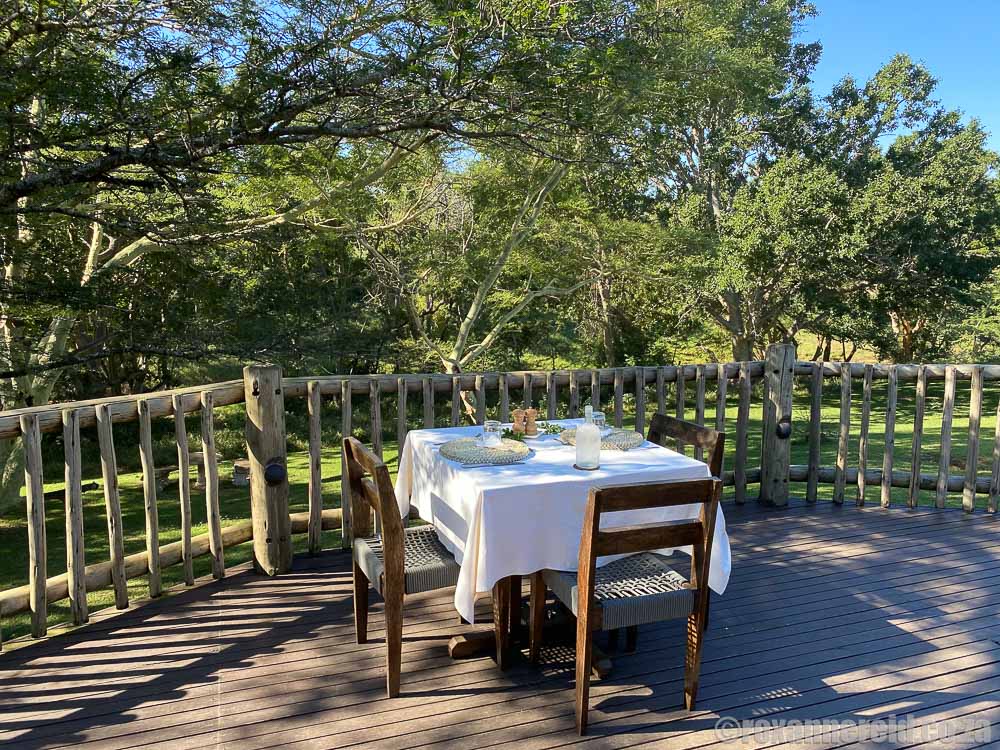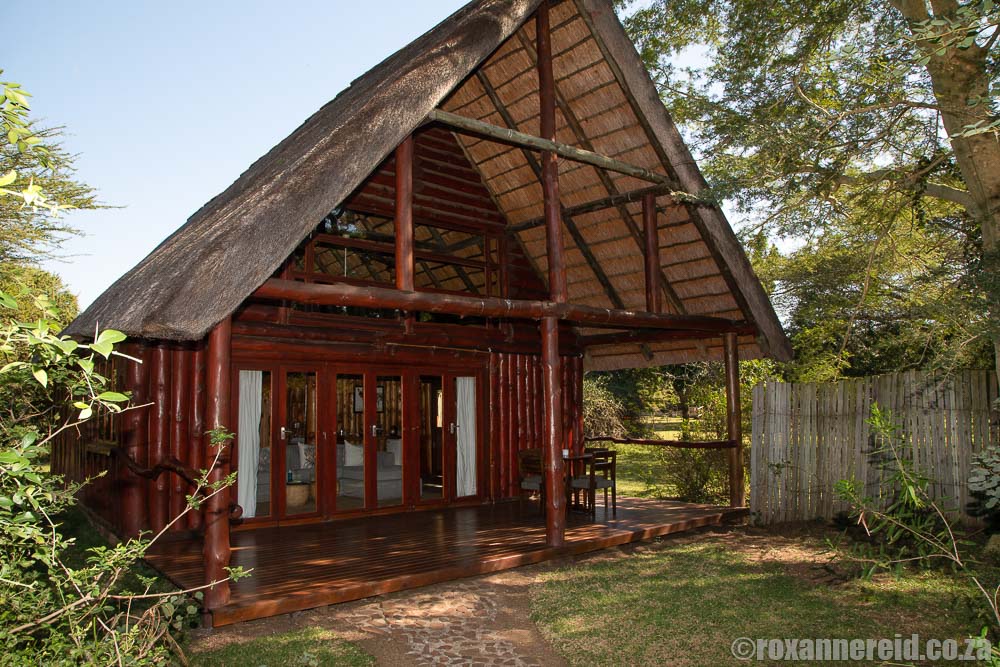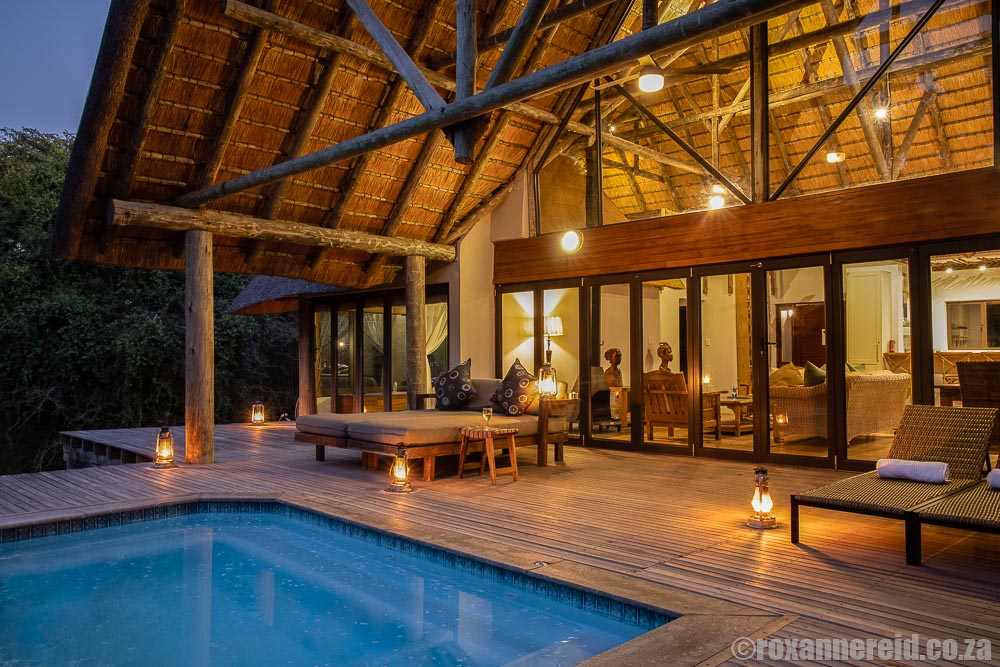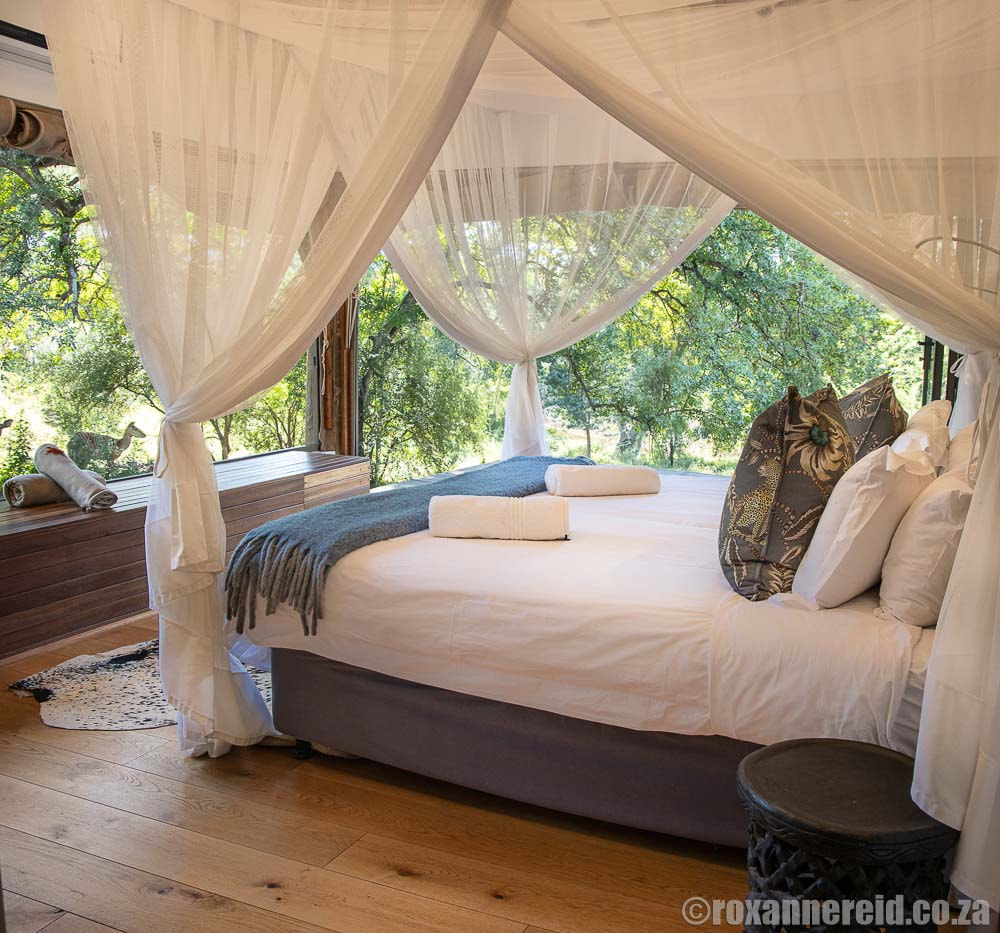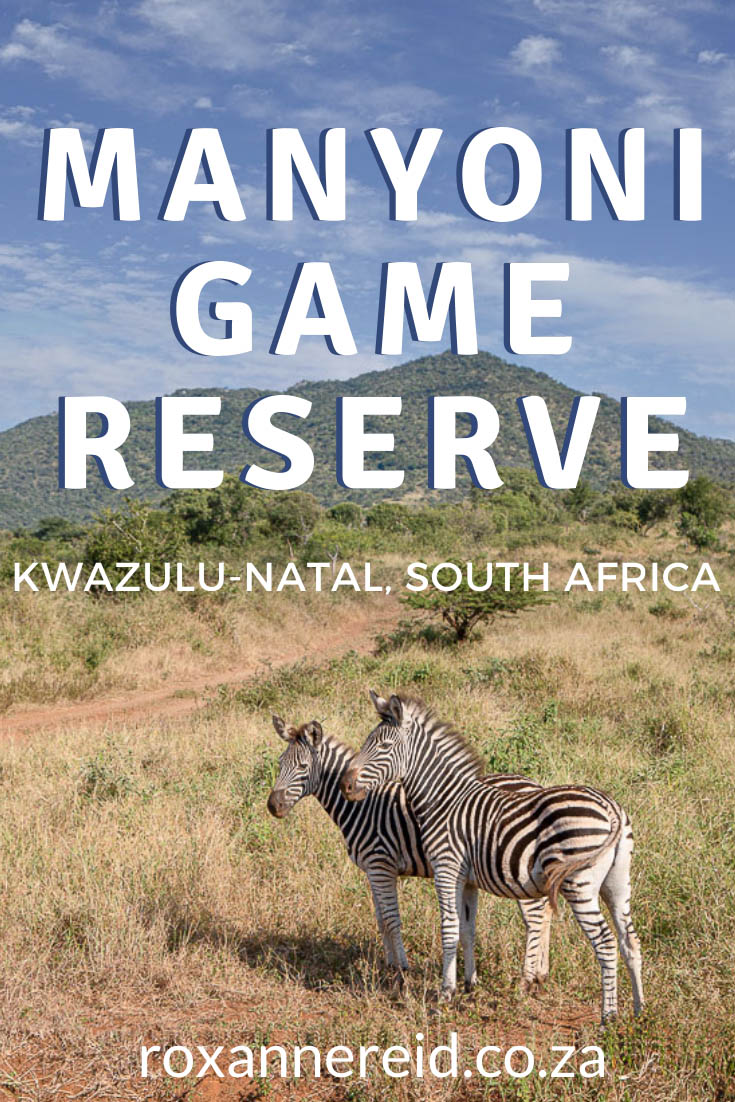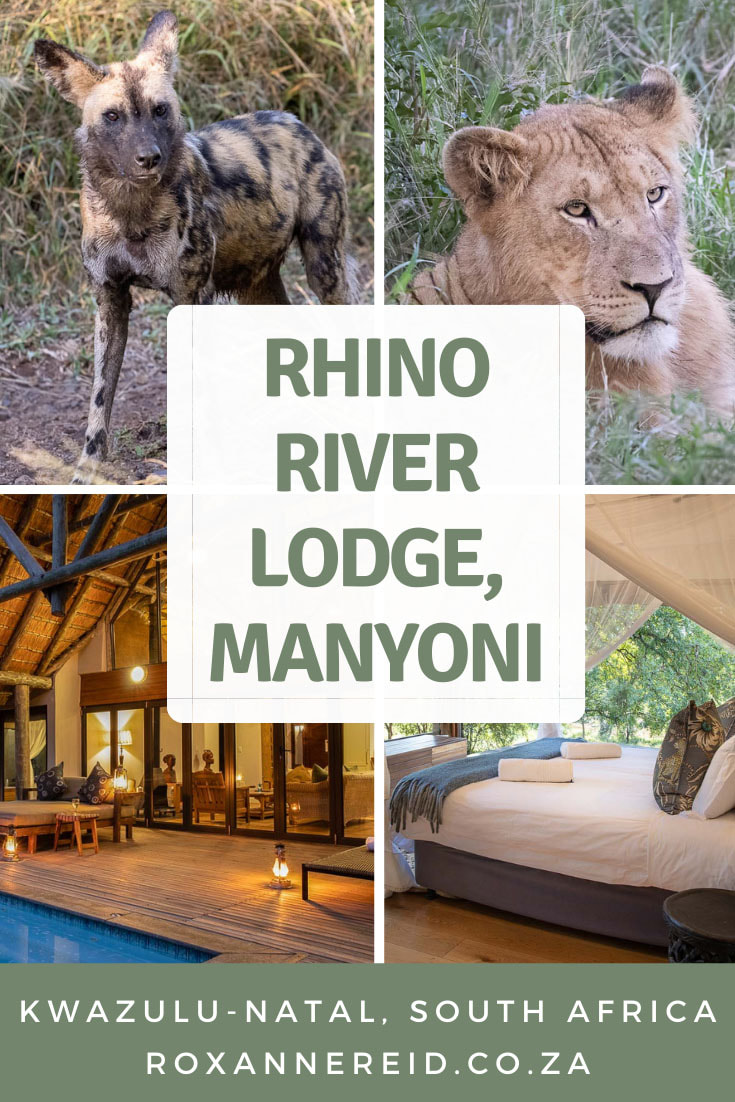By Roxanne Reid
Manyoni Game Reserve lies in the heart of Zululand, just a three-hour drive from Durban and six from Johannesburg. It’s one of the largest privately owned reserves in Kwazulu-Natal, South Africa. If you haven’t visited, you’re missing something special – a diverse landscape where you can find the Big 5, wild dogs and perhaps even a pangolin.
Manyoni Game Reserve lies in the heart of Zululand, just a three-hour drive from Durban and six from Johannesburg. It’s one of the largest privately owned reserves in Kwazulu-Natal, South Africa. If you haven’t visited, you’re missing something special – a diverse landscape where you can find the Big 5, wild dogs and perhaps even a pangolin.
Manyoni Private Game Reserve began life in 2004 when landowners took down their fences to form a 23 000ha wildlife reserve. Black rhino were introduced the following year as part of the World Wildlife Fund’s range expansion project. Manyoni became a Big 5 reserve when lions were introduced in 2011 to join the rhino, elephant, buffalo and leopard already present. Cheetah and wild dog were also reintroduced, making this a varied and exciting place to go on safari.
Afternoon game drive
On our first drive in the reserve, things started slow and peaceful. Guide Bongani Dlamini from Rhino River Lodge gave us the tart pink fruits of the kooboo berry to taste and pointed out brownhooded and woodland kingfishers along the Msunduze River.
Then a big herd of buffalo appeared on a hilltop looking out over a valley. The longer we watched, the more there appeared to be veiled by the tall grass. Between this and a second herd we saw later, we estimated some 250 individuals. It was a privilege to be able to drive offroad to get closer to them. ‘We just don’t go offroad after rain, so we don’t do damage,’ Bongani explained.
We enjoyed the landscapes, from savanna with thorn trees to grassland and riverine forest. Late in the afternoon as the sun began to soften into golden light we found four lions – three young males and their sister, all about 18 months old. Mom was absent as we watched them stretching, yawning and pricking their ears. Then they all turned their heads as one, stood and moved off away from us. ‘I think they heard the mother calling,’ said Bongani. Unfortunately for us, they walked into a thicketed valley where we couldn’t follow.
We enjoyed the landscapes, from savanna with thorn trees to grassland and riverine forest. Late in the afternoon as the sun began to soften into golden light we found four lions – three young males and their sister, all about 18 months old. Mom was absent as we watched them stretching, yawning and pricking their ears. Then they all turned their heads as one, stood and moved off away from us. ‘I think they heard the mother calling,’ said Bongani. Unfortunately for us, they walked into a thicketed valley where we couldn’t follow.
There was a parade of zebras, giraffes and antelope. Soon some hippos in a dam caught our eye, and an old black rhino audibly crunching on twigs from a bush. We watched and listened quietly before moving on, thrilled to be seeing one of these usually nocturnal animals in daylight.
Manyoni wasn’t finished delivering Big 5 sightings yet. After the sun set and the sky became dark we spotted a white rhino mom with her three-month-old calf. The little one squeaked when we picked them up in the spotlight because it suddenly couldn’t see where mom was. Bongani fitted the red filter on the spotlight so we could watch them without the bright light confusing the calf. What a thrill to see a youngster, a promise of hope for the future of these embattled creatures.
Chuffed that we’d seen three of the Big 5 in our first few hours in the reserve, we set off back to camp, spotting some nightjars along the way.
Early morning drives
Early morning and the bush had a magical, ethereal quality. As the vehicle climbed a steep hill we saw fever trees, marulas and umbrella thorns emerging through the mist that blanketed the valley below, with superb views of rolling hills and valleys layered in the distance.
Chuffed that we’d seen three of the Big 5 in our first few hours in the reserve, we set off back to camp, spotting some nightjars along the way.
Early morning drives
Early morning and the bush had a magical, ethereal quality. As the vehicle climbed a steep hill we saw fever trees, marulas and umbrella thorns emerging through the mist that blanketed the valley below, with superb views of rolling hills and valleys layered in the distance.
A game drive isn’t only about large animals, so it was good to learn about some of the trees. Bongani told us the weeping Boer bean tree has bright red flowers that appear in spring and early summer and are a magnet for birds and insects. The term weeping comes from the fact that the flowers produce so much nectar that it overflows and drips or ‘weeps’ from the flowers. The term Boer bean refers to pods that look like beans, which the Boers used to grind as a coffee substitute.
Manyoni (which translates to ‘place of birds’) is a birding diversity hotspot too. Early morning drives are a chance to tick off some of the 400-odd species that have been recorded here, like booted eagle and martial eagle, trumpeter hornbill, Rudd’s apalis, gorgeous bush-shrike, African paradise flycatcher, pink-throated twinspot and Neergaard’s sunbird. For the best experience, don’t forget to tell your guide that you’re a keen birder.
Manyoni (which translates to ‘place of birds’) is a birding diversity hotspot too. Early morning drives are a chance to tick off some of the 400-odd species that have been recorded here, like booted eagle and martial eagle, trumpeter hornbill, Rudd’s apalis, gorgeous bush-shrike, African paradise flycatcher, pink-throated twinspot and Neergaard’s sunbird. For the best experience, don’t forget to tell your guide that you’re a keen birder.
Wildebeest and zebras were already heads down to graze by 8:30, a few giraffe browsing on the thorn trees. Knowing we were keen to see wild dogs if we could, Bongani was heading towards an area where they’d been seen the day before. Then one of the other guides reported on the radio that she’d spotted them. We increased our pace along bumpy roads, up and down the hills, twisting and turning in the thrill of the chase.
A suppressed squeal clogged my throat. Directly ahead a dog was jogging up the road towards us. It branched off into the veld at a trot and a few seconds later another dog loped up the road and followed the trail of the first. Instead of trying to follow them into the thicket where we’d soon lose them, Bongani took a calculated risk and drove down a steep track toward the riverbed, hoping to catch them in the open without the long grass obscuring them.
And there they were. I counted another nine dogs turning this way and that, running back and forth in excitement before heading past us and towards the thicket where the first two dogs had disappeared. It was a short but intense sighting of 11 members of a pack that Bongani said numbers 16 dogs.
Our second early morning game drive was more sedate. As the sun came up red behind us, we found two young white rhino bulls peacefully munching grass that was still wet from the dew. There were hippos at Ngwenya Dam, a grey heron riding on the back of one of them. There were giraffe, zebra, impala, nyala, wildebeest and a lonely young buffalo trying to track his herd to get back together. We scoured the veld for cheetahs in a likely open area but didn’t find any.
On the way back to camp, we spotted a secretary bird catch and start stomping on a skinny snake. It took the snake by the head and slurped it down in a few seconds. A kill wasn’t a bad way to end the morning.
A pangolin experience of a lifetime
I’ve been on safari in the bush countless times. (Yes, I know how lucky I am.) I’ve seen the Big Five countless times. I’ve even seen six members of the Secretive Seven – aardvark, African wild cat, civet, large spotted genet, porcupine and serval. But the one animal that has eluded me for decades is the pangolin.
This may be because it’s the most trafficked wild animal in the world, so numbers of them are dangerously compromised (they are classified as vulnerable on the IUCN Red Data List). It may be because it’s primarily nocturnal and very elusive. But by now it was the only animal I desperately wanted to see.
There are four species of pangolin in Africa but only one – Temminck’s ground pangolin – in southern Africa. If a chance to see one ever presented itself, I’d be there with a big grin on my face.
On our recent visit to Manyoni Game Reserve, opportunity knocked thanks to the Johannesburg Wildlife Veterinary Hospital, the Humane Society – Africa, the African Pangolin Working Group, and the work they do to save these animals from traffickers. Would we be interested, our hosts at Rhino River Lodge in the reserve asked us, in spending some time with a pangolin?
I’ve been on safari in the bush countless times. (Yes, I know how lucky I am.) I’ve seen the Big Five countless times. I’ve even seen six members of the Secretive Seven – aardvark, African wild cat, civet, large spotted genet, porcupine and serval. But the one animal that has eluded me for decades is the pangolin.
This may be because it’s the most trafficked wild animal in the world, so numbers of them are dangerously compromised (they are classified as vulnerable on the IUCN Red Data List). It may be because it’s primarily nocturnal and very elusive. But by now it was the only animal I desperately wanted to see.
There are four species of pangolin in Africa but only one – Temminck’s ground pangolin – in southern Africa. If a chance to see one ever presented itself, I’d be there with a big grin on my face.
On our recent visit to Manyoni Game Reserve, opportunity knocked thanks to the Johannesburg Wildlife Veterinary Hospital, the Humane Society – Africa, the African Pangolin Working Group, and the work they do to save these animals from traffickers. Would we be interested, our hosts at Rhino River Lodge in the reserve asked us, in spending some time with a pangolin?
This young pangolin had been rescued from traffickers, not much more than 3kg at the time he was found although by now he was closing in on 5kg. A fully grown adult can reach 7-12kg. After some intensive care to rehydrate, rehabilitate and fatten him up, he was ready for a soft release into an appropriate wild space. Manyoni Game Reserve was chosen and he was now being cared for there, with monitors walking with him every day as he uncovered ants and termites to eat. And we were able to go on one of these walks.
The monitors explained that the pangolin was still too young to be fully released into the wild. His horny scales were still too soft so he wouldn’t have defences against predators. Generally, pangolins roll into a ball with the soft underparts inside and the scales outside – a pretty good defence, but only once it’s old enough for the scales to become hard.
The plan was to keep him for a couple of months at an undisclosed location in the reserve, watching him closely each day as he went walkabout to feed, usually about four to five hours in the late afternoon and evening. They explained that they weighed him before and after foraging to ensure he was getting enough nourishment. He was fitted with a VHF tracking device that only lasts about three months, to help them pinpoint his location in case they lost visual. When he was released into the wild, this would be changed for a cheaper satellite device that lasts a year.
It was amazing to see how quickly such a small animal could walk through the long grass as we followed along behind. Reserve manager Karen Odendaal stood by with a rifle to cover our backs and protect us from danger as we concentrated on the pangolin. He was fairly chilled around people. The monitors explained that previous pangolins they’ve worked with were wary and would have just curled into a ball. This defence mechanism is a problem where there are electric fences because once shocked, they tend to roll into a ball around the wire and continue to be shocked to death.
The monitors explained that the pangolin was still too young to be fully released into the wild. His horny scales were still too soft so he wouldn’t have defences against predators. Generally, pangolins roll into a ball with the soft underparts inside and the scales outside – a pretty good defence, but only once it’s old enough for the scales to become hard.
The plan was to keep him for a couple of months at an undisclosed location in the reserve, watching him closely each day as he went walkabout to feed, usually about four to five hours in the late afternoon and evening. They explained that they weighed him before and after foraging to ensure he was getting enough nourishment. He was fitted with a VHF tracking device that only lasts about three months, to help them pinpoint his location in case they lost visual. When he was released into the wild, this would be changed for a cheaper satellite device that lasts a year.
It was amazing to see how quickly such a small animal could walk through the long grass as we followed along behind. Reserve manager Karen Odendaal stood by with a rifle to cover our backs and protect us from danger as we concentrated on the pangolin. He was fairly chilled around people. The monitors explained that previous pangolins they’ve worked with were wary and would have just curled into a ball. This defence mechanism is a problem where there are electric fences because once shocked, they tend to roll into a ball around the wire and continue to be shocked to death.
At one point he rolled for a long time in some buffalo dung, thoroughly enjoying covering himself, almost wriggling with pleasure. The theory is that the scent may be off-putting to predators. Then he was up and off again, walking on his back legs, tail off the ground, front legs curled up and ready to dig when he smelled something worth investigating.
A pangolin can travel up to 6km a night, locating ants – which make up 90-95% of its diet – and termites by smell, scratching the ground with its front claws and licking them up with the long, sticky tongue. Although pangolins don’t have teeth, they grind up the ants in a muscular gizzard.
Just as the monitors started to worry he wasn’t finding enough food, he discovered an ant nest and began scratching with his long claws, slurping up the white eggs with his long pink tongue. The tongue is about 70% as long as the animal’s whole body and attached to the stomach. Although most of the time we were seeing his back and tail as we followed him, at the ant nest we saw him really well from all angles because he stayed in one place for a good ten minutes or so. But inevitably, the ants mobilised their soldiers who started to nip at him, so he moved off.
Such a magical experience –because it’s the only time we’ve seen one in the wild; because it’s such an endangered creature; and because we could spend so much time with him, watching him move along at his own pace instead of having to be satisfied with the briefest of sightings from a vehicle.
A pangolin can travel up to 6km a night, locating ants – which make up 90-95% of its diet – and termites by smell, scratching the ground with its front claws and licking them up with the long, sticky tongue. Although pangolins don’t have teeth, they grind up the ants in a muscular gizzard.
Just as the monitors started to worry he wasn’t finding enough food, he discovered an ant nest and began scratching with his long claws, slurping up the white eggs with his long pink tongue. The tongue is about 70% as long as the animal’s whole body and attached to the stomach. Although most of the time we were seeing his back and tail as we followed him, at the ant nest we saw him really well from all angles because he stayed in one place for a good ten minutes or so. But inevitably, the ants mobilised their soldiers who started to nip at him, so he moved off.
Such a magical experience –because it’s the only time we’ve seen one in the wild; because it’s such an endangered creature; and because we could spend so much time with him, watching him move along at his own pace instead of having to be satisfied with the briefest of sightings from a vehicle.
These walks with pangolins – the experience of a lifetime – are available from time to time at Manyoni when there’s a pangolin being rehabilitated that will tolerate the presence of people. The cost of doing a walk contributes towards the high costs of rehabilitating and reintroducing them to the wild – each VHF tracking device alone costs R24 000, a satellite tracker R8000, and that’s not even taking countless other costs into account. You too can make a donation to help sponsor the important work of these pangolin heroes.
Rhino River Lodge
There’s a number of lodges at Manyoni Game Reserve. We stayed at Rhino River Lodge in the south and found a laid-back space with friendly and helpful staff. Relax in the open-air thatched sitting area with its comfy chairs and huge photos of rhinos on the walls. On hot summer days the swimming pool area is one of the best places for guests to chill out between game drives.
Rhino River Lodge
There’s a number of lodges at Manyoni Game Reserve. We stayed at Rhino River Lodge in the south and found a laid-back space with friendly and helpful staff. Relax in the open-air thatched sitting area with its comfy chairs and huge photos of rhinos on the walls. On hot summer days the swimming pool area is one of the best places for guests to chill out between game drives.
The dining deck overlooks a grove of large Natal mahogany trees and fever trees where you might see nyalas or impalas browsing. It was a tranquil place for breakfast and lunch, whereas we enjoyed our dinner by firelight in the boma on our first night.
Rhino River Lodge accommodation consists of en-suite rooms, a cottage with its own pool and kitchen so you can self-cater, and wooden family chalets, all with thatched roofs.
Our home for two nights was the luxurious Homestead, which also has its own pool on the deck overlooking the Msunduze riverbed. There are two downstairs bedrooms, each with its own bathroom with free-standing bath and outdoor shower. There’s an indoor shower too, also serving a third bedroom up a wooden ladder to the mezzanine level.
One of the coolest features of the two main bedrooms and the living area are doors and windows that fold back completely so you feel there’s no barrier between you and the outdoors with its natural bush, shady trees and passing antelope or warthogs.
Relax in easy chairs in the living room or on loungers on the deck, play games at the long dining table, make a fire in the fireplace and admire some striking wooden sculptures. There’s a large open-plan kitchen so you can choose to self-cater if you prefer that to taking your meals in the dining area or boma. Self-catering packages here and at the cottage also include two game drives a day. No self-driving is allowed in Manyoni.
Relax in easy chairs in the living room or on loungers on the deck, play games at the long dining table, make a fire in the fireplace and admire some striking wooden sculptures. There’s a large open-plan kitchen so you can choose to self-cater if you prefer that to taking your meals in the dining area or boma. Self-catering packages here and at the cottage also include two game drives a day. No self-driving is allowed in Manyoni.
Other things to do in the area
For us, game drives and our captivating walk with a foraging pangolin was all the entertainment we needed. But if you’re staying longer than a couple of days there are other things to do in the area too. Here are some of them.
You may also enjoy
Game reserves in KZN for a South African safari
Thanda Safari: one of the top Big 5 game reserves in KZN
Like it? Pin this image!
For us, game drives and our captivating walk with a foraging pangolin was all the entertainment we needed. But if you’re staying longer than a couple of days there are other things to do in the area too. Here are some of them.
- Meet two rescued elephants about 10km from Rhino River Lodge. They live wild in Manyoni except for their mid-morning interactions.
- Go for a half-day boat cruise and tiger fishing on Lake Jozini about 50km away. (Remember that the months from May to August aren’t great for tiger fishing.)
- Spend a day at Hluhluwe-Imfolozi Park or uMkhuze Game Reserve, each about an hour’s drive away. (Although to be honest, why would you go there when you have the Big 5, wild dogs and cheetahs on your doorstep at Manyoni?)
- Do a boat cruise on St Lucia Estuary in the Isimangaliso Wetland Park, looking for water birds, hippos and crocs. St Lucia is about 100km away.
- Go snorkeling and whale watching at Cape Vidal north of St Lucia.
You may also enjoy
Game reserves in KZN for a South African safari
Thanda Safari: one of the top Big 5 game reserves in KZN
Like it? Pin this image!
Copyright © Roxanne Reid - No words or photographs on this site may be used without permission from roxannereid.co.za

